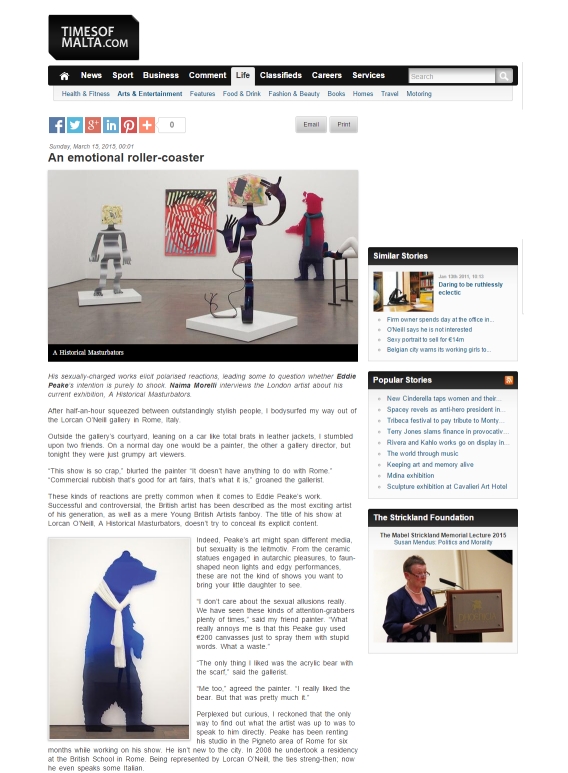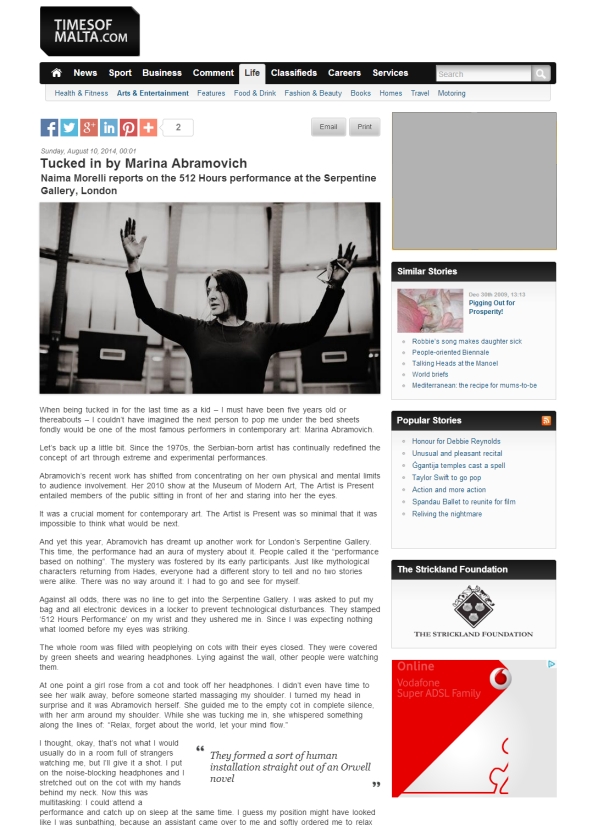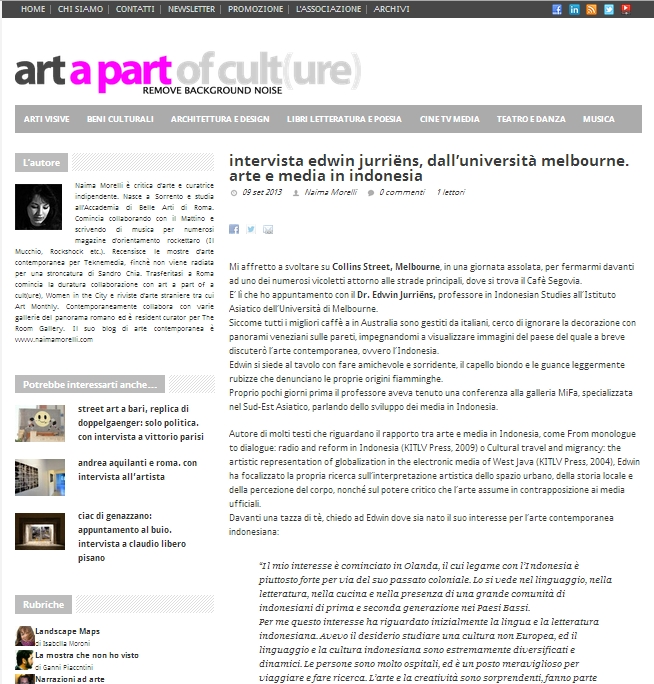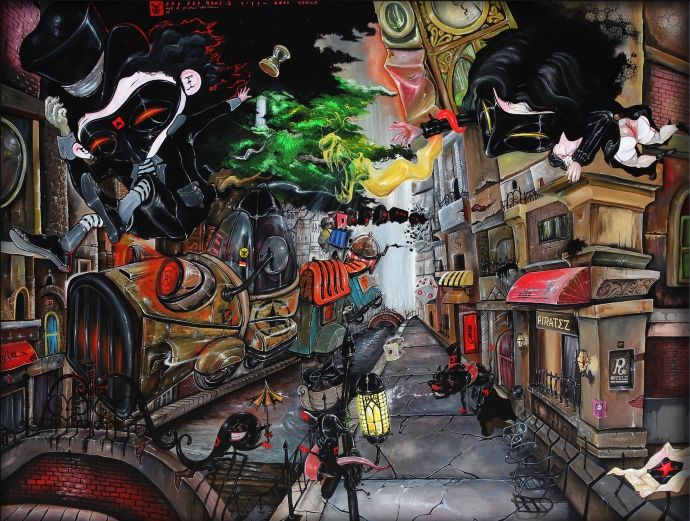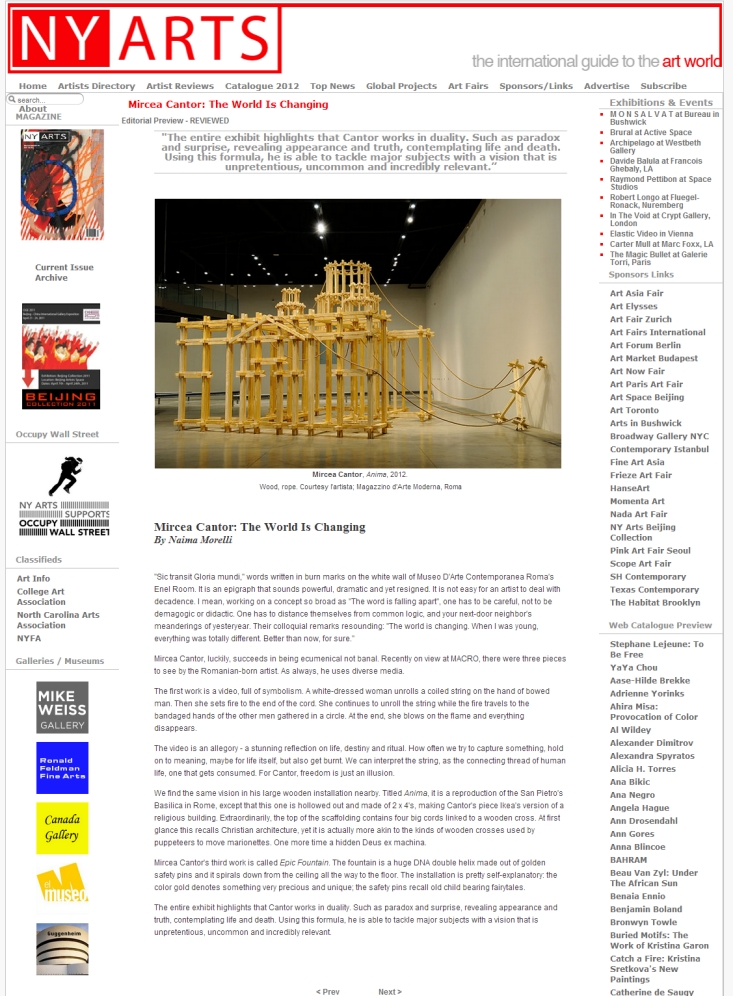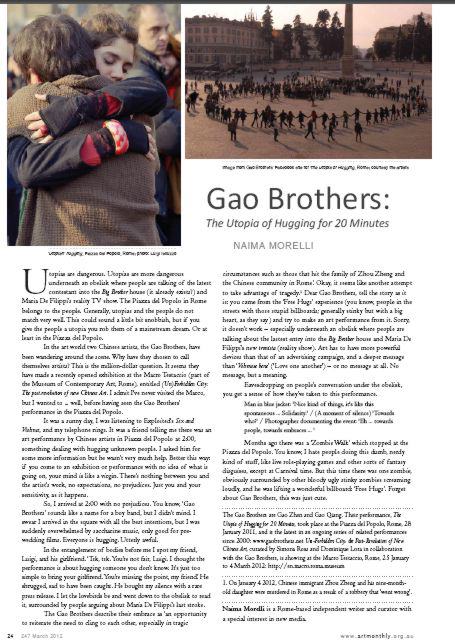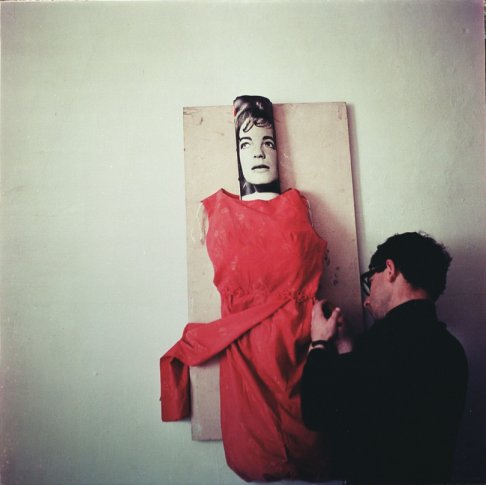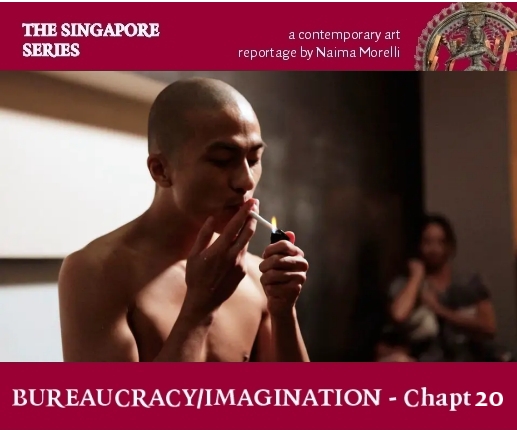
Zihan Loo
At the end of 2015, I was wandering around SAM8Q looking for the proverbial exit through the gift shop — as Banksy would put it. I wanted to buy some books to bring back home with me. At the ground floor of the building there was something that appeared to be what I was looking for. Shelves of interesting books, and a few on exhibition. I was thrilled. When I walked in, something was not quite right. I asked the person at the desk: “I’m sorry, this is not the museum bookshop, it is an artwork.”
Damn! This is precisely what I’m talking about when I speak of the problem with contemporary art. The work, he explained, was done by artist Zihan Loo, and was called “Of Public Interest: The Singapore Art Museum Resource Room”. The artist moved 4,500 volumes from the Singapore Art Museum’s resource room — currently not available to public — into the space of a gallery. The public were invited to shape the collection for the duration of the exhibition from August 2015 to March 2016. The conditions were that each visitor was allowed to withdraw one book from the collection, restricting the public access to this book for the duration of the exhibition. These books were shrink-wrapped and placed in a separate area of the installation.
Read More